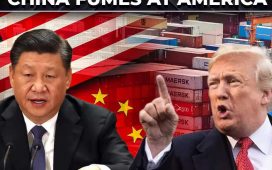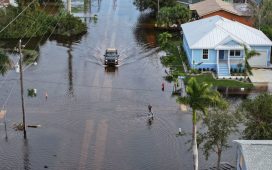As part of the collaboration, Bloomberg will also build a tool combining the museum’s geospatial BII data with its own data on physical assets, allowing investors to screen companies operating in areas with intact ecosystems or where ecosystem integrity is diminishing.
DWS launches three biodiversity Xtrackers ETFs
Bloomberg and the Natural History Museum said the index will help investors make “nature-positive investment decisions” at a time when the investment industry is attempting to mitigate the financial and ethical impacts of nature loss.
They explained the BII aimed to simplify the “complex realm” of biodiversity data, offering a comprehensive assessment of “ecosystem integrity”. This will include categorisations of nature on a scale from 0%, where none of the species remaining in the locations were naturally found there, to 100%, where the naturally persistent biodiversity remains intact.
Doug Gurr, director of the Natural History Museum in London, said: “This ground-breaking collaboration heralds a new era in our efforts to safeguard the world’s biodiversity. Thanks to Bloomberg, we have been able to make our research available to support investment decision-making for the first time, with the aim of addressing the challenges faced by our planet.
“We are hopeful that this innovation will be recognised as a watershed moment in advancing financial strategies to tackle the planetary emergency.”
Federated Hermes expands Biodiversity Equity and US High Yield Credit funds teams
Patricia Torres, Bloomberg’s global head of sustainable finance solutions, added: “At Bloomberg, we recognise the critical role data plays when making investment decisions. Despite biodiversity emerging as one of the key areas for investment, the data available for investors remains inadequate.
“That is why we are thrilled to be working with the Natural History Museum to help provide valuable information for investors pursuing biodiversity strategies aimed at preserving and protecting ecosystems.”








